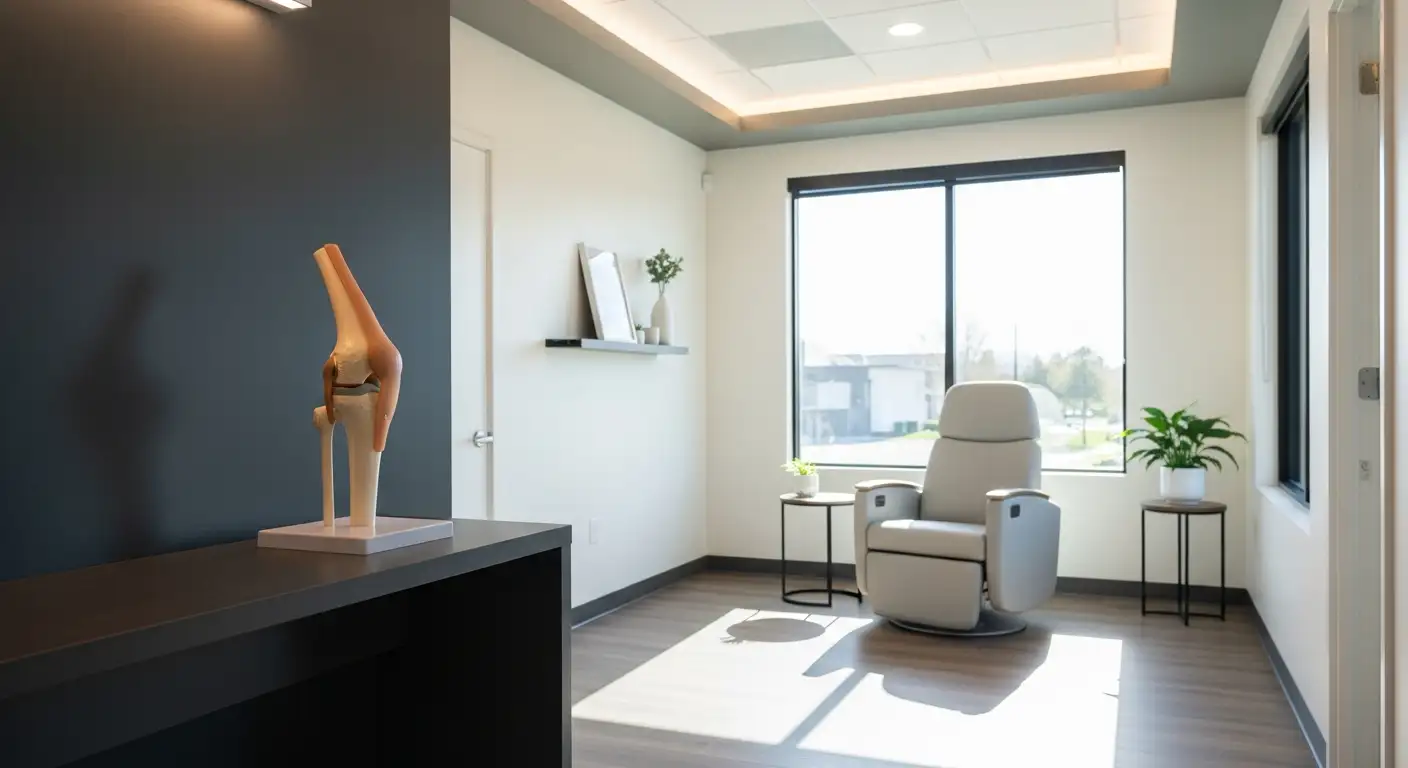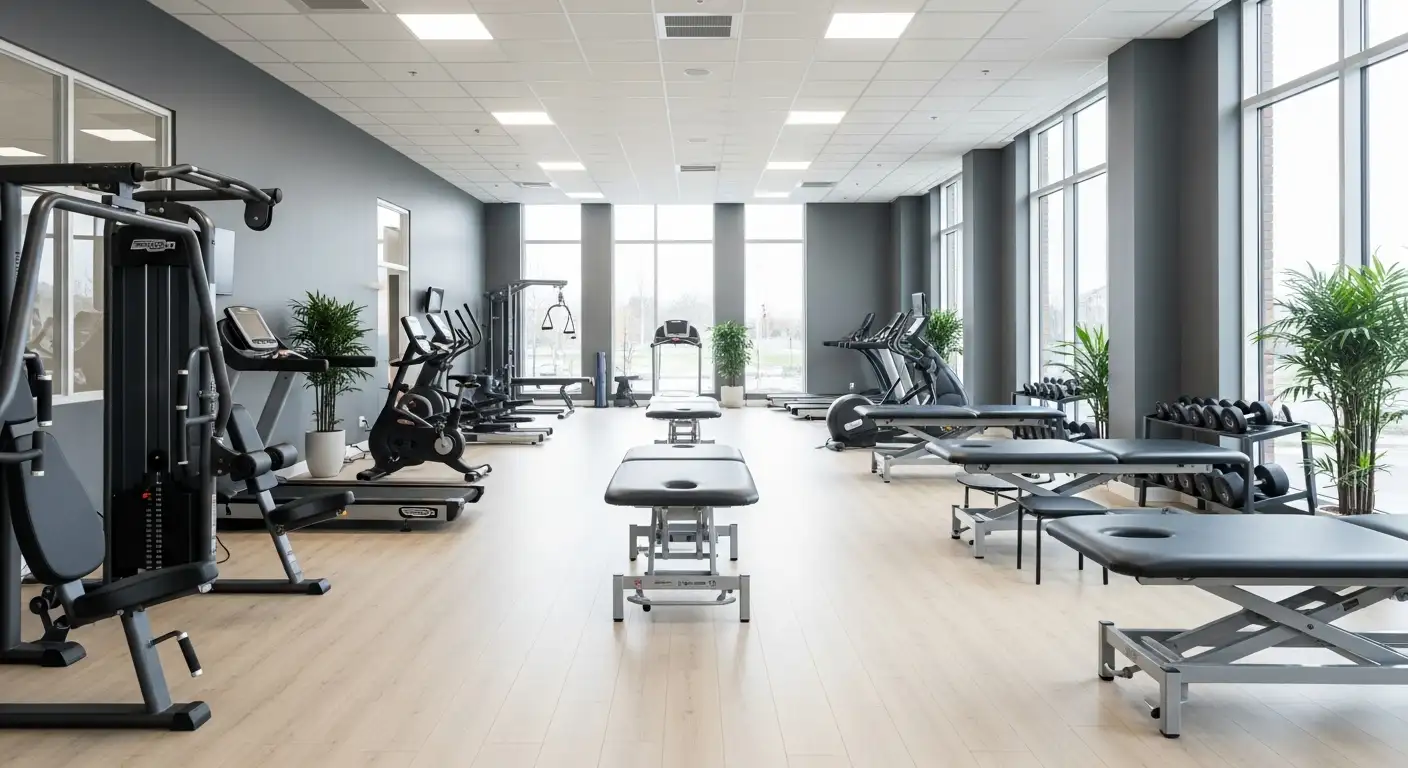Understanding Knee Pain
Understanding the complexities of knee discomfort can help individuals better identify and address the issues they face. This section looks into the different types of knee pain and the factors that may contribute to pain episodes.

Types of Knee Pain
Knee pain can present in various forms, often categorized based on the nature of the discomfort. Some common types of knee pain include:
Type of PainDescriptionSharp PainThis can occur suddenly and may be intense. Often linked to injuries or specific movements.Dull AcheA persistent discomfort that may indicate underlying conditions.StiffnessThis is typically felt after periods of inactivity, making movement difficult.SwellingAccompanied by pain, it can suggest inflammation or injury.
Pain that is described as "sharp stabbing pain in front of knee comes and goes" is particularly notable and often signals specific issues that require attention.
Causes of Knee Pain
Numerous factors can lead to knee pain, ranging from injuries to medical conditions. Some common causes include:
Identifying these causes can aid in determining the appropriate interventions and treatment strategies. For example, individuals experiencing knee pain when walking up stairs or sudden sharp pain in knee when kneeling should seek targeted relief and management options.
Sharp Stabbing Pain in the Knee
Experiencing sharp stabbing pain in front of the knee can be both alarming and limiting. Understanding the common triggers and associated symptoms can help in managing this condition effectively.
Common Triggers
Several factors can initiate sharp knee pain that may come and go. Some of the most frequent triggers include:
TriggerDescriptionKnee InjuriesDamage to ligaments or tendons can lead to acute pain. This type of pain is often sudden and can affect mobility.InflammationConditions like knee bursitis can irritate the bursa, causing pain when pressure is applied to the knee [5].Cartilage TearsFragments of cartilage can break off and get lodged in the knee joint, resulting in sharp pain and occasional locking of the knee [5].OsteophytesBone spurs formed from arthritis can also lead to stabbing pain, particularly during movements that put stress on the joints.
Associated Symptoms
In addition to the sharp stabbing pain, other accompanying symptoms may also indicate the underlying cause of knee pain. These can include:
SymptomDescriptionSwellingInflammation around the knee joint can occur, leading to visible swelling.StiffnessLimited range of motion may be experienced, especially after periods of inactivity.LockingThe knee may feel as though it is catching or locking, often associated with cartilage issues.BruisingThere may be visible discoloration depending on the severity of the injury.Pain on MovementAggravation of pain when bending, straightening, or putting weight on the knee can be an indicator of the specific issue.
Sharp, stabbing pain in the knee that comes and goes can significantly impact daily activities. Identifying the source of this discomfort is vital for determining appropriate treatment options. Anyone experiencing persistent or severe knee pain should consider consulting a healthcare professional for further evaluation and management. For more information on knee-related issues and recovery, you may also find interest in tight hamstrings knee pain or sudden sharp pain in knee when kneeling.
Conditions Contributing to Sharp Knee Pain
Several medical conditions can lead to episodes of sharp stabbing pain in the front of the knee that comes and goes. Understanding these conditions can help identify the underlying issues and guide appropriate treatment strategies.
Knee Bursitis
Knee bursitis occurs when the bursa, a fluid-filled sac that cushions the knee joint, becomes irritated or inflamed. This condition can result in excruciating pain, especially when the affected bursa is compressed. Pain may originate from the specific location of the inflamed bursa and can worsen during activities that place pressure on the knee joint. For more information, visit the article on sharp knee pain that comes and goes.
SymptomDescriptionPain LocationSpecific to the affected bursaPain TypeCan be sharp and localActivities that Worsen PainKneeling, bending, or pressure
Cartilage Tears
Cartilage tears in the knee can happen due to wear and tear or sudden trauma. When fragments of cartilage break off, they can become lodged in the knee joint, leading to sharp, stabbing knee pain or even causing the knee to lock temporarily. The discomfort may decrease after moving the knee around initially, highlighting the importance of gentle mobility exercises Atlas Pain Specialists.
SymptomDescriptionPain TypeSudden, sharpAssociated IssuesKnee locking or catching sensationsReliefMay improve with movement
Bone Issues
Various bone issues can contribute to sharp knee pain, including osteophytes (bone spurs) caused by arthritis and other degenerative conditions. These bony protrusions can cause intense pain when pressure is applied during movements like bending or twisting the knee. The pain often alleviates when the knee is repositioned. Additionally, fractures in the knee area may also result in sudden and persistent pain due to bone fragments rubbing against each other [5].
SymptomDescriptionPain TypeSharp, stabbingPossible CausesBone spurs, fractures, loose cartilageWhen Pain OccursDuring movements, especially bending
Addressing these conditions proactively can help manage and relieve episodes of sharp stabbing pain in the front of the knee. When experiencing consistent discomfort or concerning symptoms, consulting a healthcare professional is essential for an accurate diagnosis and treatment plan. Consider learning more about related topics, such as tight hamstrings causing knee pain or how knee pain can occur when walking up stairs.
Diagnosing Sharp Knee Pain
When assessing sharp stabbing pain in front of the knee that comes and goes, a structured diagnostic approach is vital. This typically includes a thorough physical examination followed by specific diagnostic tests.
Physical Examination
During a physical examination, a healthcare professional will review the patient's medical history and assess any symptoms. They will observe the knee for swelling, redness, or deformities. The examination generally includes the following steps:
The healthcare provider may also inquire about specific movements that trigger or exacerbate the pain, which is crucial for diagnosing conditions such as knee bursitis or cartilage damage [5].
Diagnostic Tests
If the physical examination suggests deeper issues, diagnostic tests may be necessary to pinpoint the exact cause of the knee pain. Common tests include:
Test TypePurposeX-rayVisualize bones and fracturesMRIExamine soft tissues and ligamentsCT ScanDetailed cross-sectional knee imaging
These evaluations assist in confirming conditions such as knee bursitis, cartilage tears, or various bone issues that may be contributing to sharp knee pain. For related symptoms like knee pain when walking up stairs, consult additional resources.
Treating Sharp Knee Pain
Addressing sharp stabbing pain in front of the knee that comes and goes involves several treatment options, ranging from conservative measures to surgical interventions. The approach taken will depend on the severity of the condition, its underlying cause, and the individual's overall health.
Conservative Treatments
Conservative treatments are often the first line of defense for managing knee pain. These methods focus on relieving pain and improving function without the need for surgical procedures. Some effective conservative treatments include:
Treatment TypeDescriptionEffectivenessPhysical TherapyPersonalized exercise routines to relieve pain and improve function.HighRest and ModificationReducing activities that cause pain can enhance recovery.Moderate to HighIce/Heat TherapyUtilizes temperature to reduce swelling and discomfort.ModeratePain Relief MedicationsOTC medications to manage pain and inflammation.HighKnee BracingProvides support and stability during movement.Moderate
Surgical Interventions
For those who do not respond to conservative treatments, surgical intervention may be necessary. Surgical options vary depending on the underlying issue causing knee pain:
Surgical OptionPurposeTypical Recovery TimeArthroscopyMinimize damage and repair joints.2-6 weeksCartilage Repair/ReplacementRepair damaged cartilage.3-6 monthsBone RealignmentCorrect alignment issues.3-6 monthsTotal/Partial Knee ReplacementReplace damaged joint surface.6-12 months
Identifying the right treatment depends on a thorough examination and diagnostic tests. Understanding the causes of sharp knee pain ensures appropriate strategies are chosen for relief and management. For additional guidance, please refer to resources on knee flexion rom or quadriceps tendon tear symptoms.
Prevention and Management Strategies
Effectively managing and preventing sharp stabbing pain in the front of the knee requires a combination of strengthening exercises and lifestyle modifications. These strategies can help improve overall joint health and reduce pain episodes.
Strengthening Exercises
Incorporating specific exercises into a daily routine can enhance muscle strength around the knee, providing better support and stability. Here are some effective exercises for knee strength:
ExerciseDescriptionYoga PosesPoses like Cat-Cow, Downward-Facing Dog, Extended Triangle, Sphinx Pose, and Cobra can help strengthen muscles, promote balance, and reduce stress [7].Quadriceps StrengtheningExercises such as straight leg raises and wall sits target the quadriceps, improving stability.Hamstring CurlsThis exercise reinforces the hamstrings, essential for knee support.Calf RaisesStrengthening the calves can aid overall leg stability.
Yoga has shown benefits for various chronic pain conditions, including knee pain, by increasing mobility and reducing tension [8].
Lifestyle Modifications
Adjustments in daily habits can play a significant role in managing knee pain. The following modifications can help lower the risk of pain episodes:
By integrating these strengthening exercises and lifestyle modifications, individuals can work towards alleviating sharp stabbing pain in the front of the knee and enhancing their overall knee health. For further insights, explore more articles on knee pain when walking up stairs and tight hamstrings knee pain.
References
[2]:
[3]:
[4]:
[5]:
[6]:
[7]:
[8]:
[9]:





